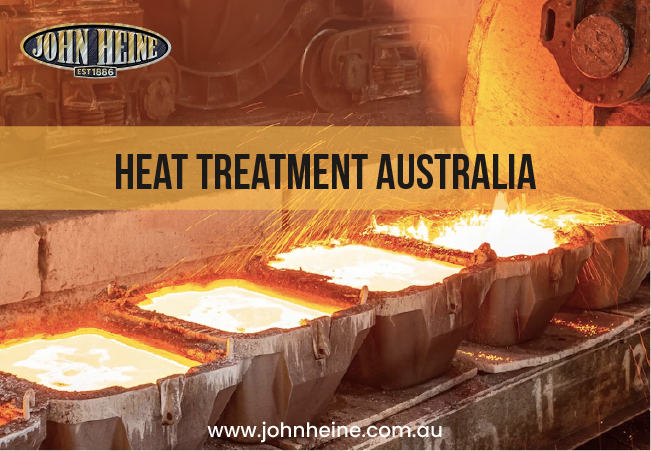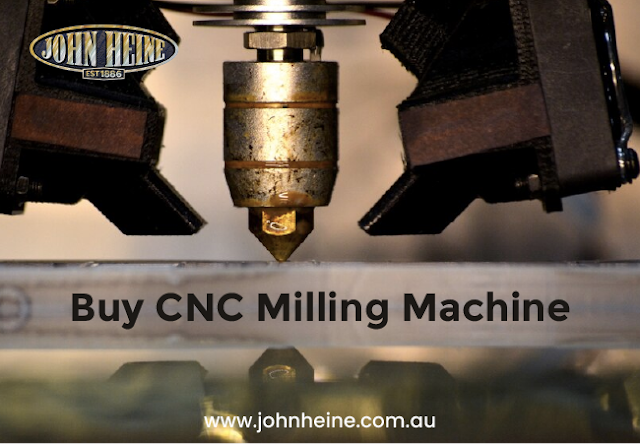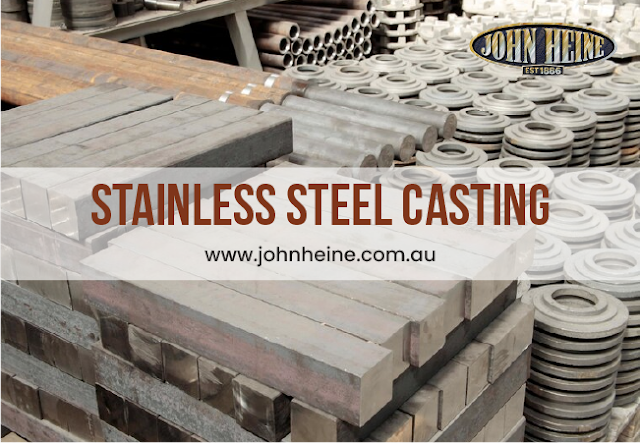Heat Treatment: An Incredible Procedure to Improve Metal Quality
Although many people don’t understand the significance of heat treatment, it is an essential part of the manufacturing process. You can make your metal components stronger and more durable with heat treatment in Australia.
You may not think much about it at first glance, but heat treatment is one of the most important processes used in most foundry shops in Australia. It’s used to strengthen chrome alloys as well as improve their corrosion resistance, which means that these materials are better suited for use in machinery than non-treated metals. Additionally, it improves metal’s physical properties to withstand wear and tear.
But how does the procedure work? And what types of heat treatments exist? In this guide, we’ll explain everything you need to know about heat treatment so that you can understand why it’s such an effective procedure when making metal parts!
Why Perform Heat Treatment in Metals?
Heat treatment is the process of applying heat to a metal object in order to change its chemical composition while improving the properties of metal. It can be used to strengthen the metal or to make it resistant to corrosion. Heat treatments are generally used on many different types of metals and alloys: steel, iron, tin plate, and aluminum.
The heating time depends on the type of metal being treated and its final application. There are various ways to heat treat metals based on what you want as final output. Let’s understand the basic types of heat treatment Australia uses to increase the strength of the material.
Heat Treatment Types
Heat treatment is changing metals’ properties by applying heat and pressure in a controlled environment.
1. HardeningIt is a crucial method that involves heating metal at a particular temperature. The heating time and intensity are decided based on the metal’s carbon content. The higher the carbon content, the less temperature intensity is needed to harden the metal.
2. Annealing
Annealing is used to relieve stress in the metal, and it can also be used to reduce its hardness. It is the opposite of hardening. The process improves ductility and machinability, as well as corrosion resistance, impact strength and other properties of metals.
3. Normalizing
Normalizing is the process of heating the metal to a certain temperature, then cooling it by air quickly. This helps remove stresses created during the manufacturing process and makes the material more durable and stiffer. Internal stress often leads to metal failure; normalizing improves the metal quality by relieving the stress. It is another form of annealing generally used to treat alloys, brass and bronze, cast iron and other steels.
4. Tempering and Quenching
Tempering and quenching are other types of heat treatments. Both can be used to alter metals’ toughness, hardness and flexibility. However, they have different purposes and applications.
Quenching is used to make the metal harder, while tempering makes it softer. Tempering improves the ductility of an alloy, while quenching decreases it by making it more brittle. It also increases its resistance to wear compared with unheated material because it becomes more resistant in abrasive environments like sandpaper or steel wool rubbing against each other during grinding operations (a common practice).

John Heine — The Premier Foundry Shop in Australia
We are reliable Foundry shops that perform heat treatment in Melbourne, Australia. We have more than 135 years of experience and have been dedicatedly working on providing mining, general engineering equipment components, and mining pump casting products to many industries across the country. Contact our team today to know what other products we manufacture.
Source: https://medium.com/@johnheinecom/heat-treatment-an-incredible-procedure-to-improve-metal-quality-ce7b00f52214




Comments
Post a Comment